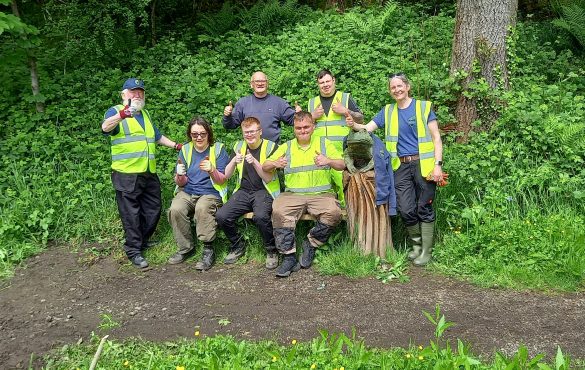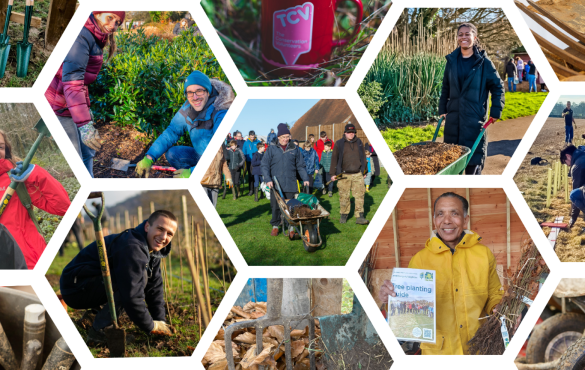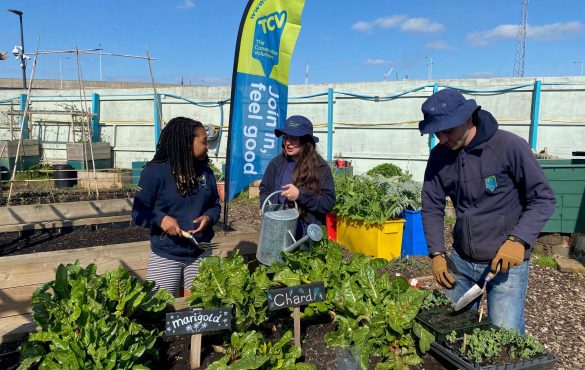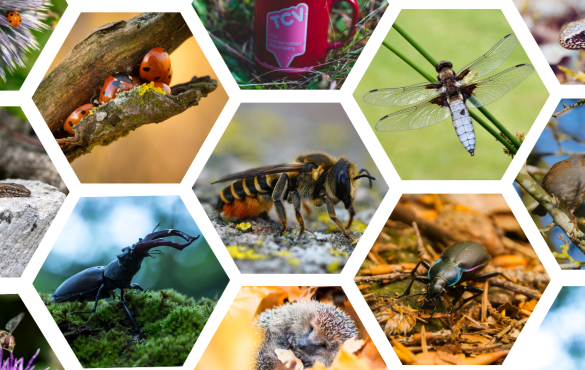At TCV, we’re all about restoring nature and helping people get hands-on with conservation. Whether it’s improving habitats or inspiring communities to take action, our work is rooted in making a real difference for wildlife and for people.
In the damp, scruffy corners of the North West’s woodlands, a quiet conservation effort is underway to protect one of Britain’s most threatened birds – the Willow Tit (Poecile montanus).
Over the past 50 years, this species has suffered a dramatic 90% decline across the UK. But thanks to the Wet Willow Wildlife project, led by The Conservation Volunteers (TCV) in partnership with the Lancashire Wildlife Trust (LWT), hope is being restored.
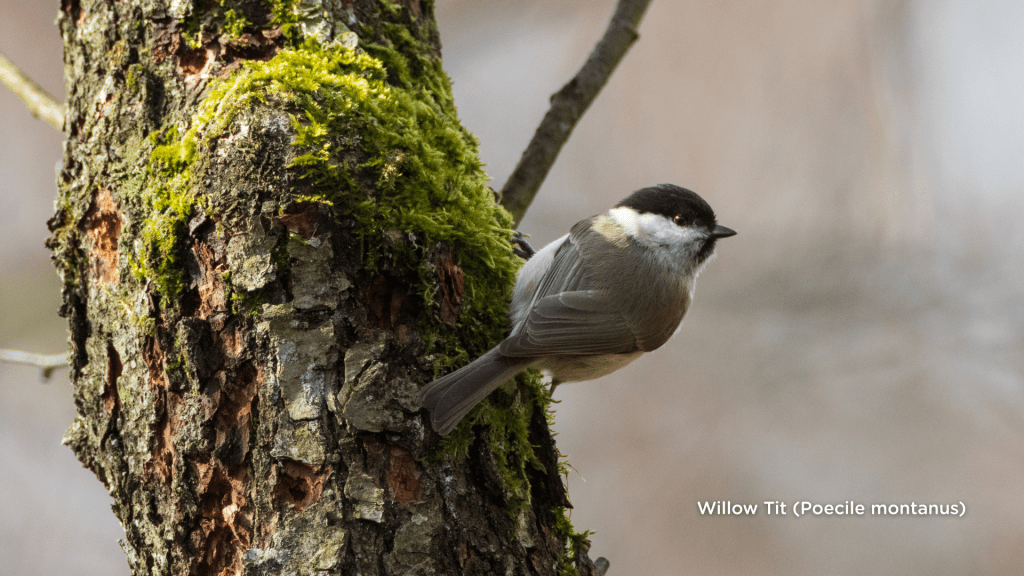
Why Wet Willow Habitats Matter
Willow tits are small, secretive birds with a distinctive sooty-black cap and a soft, buzzing call. They rely on damp, tangled woodlands – especially those rich in willow, hawthorn and elder – for nesting and feeding. These habitats are often dismissed as unkempt or unimportant, but they’re vital for biodiversity.
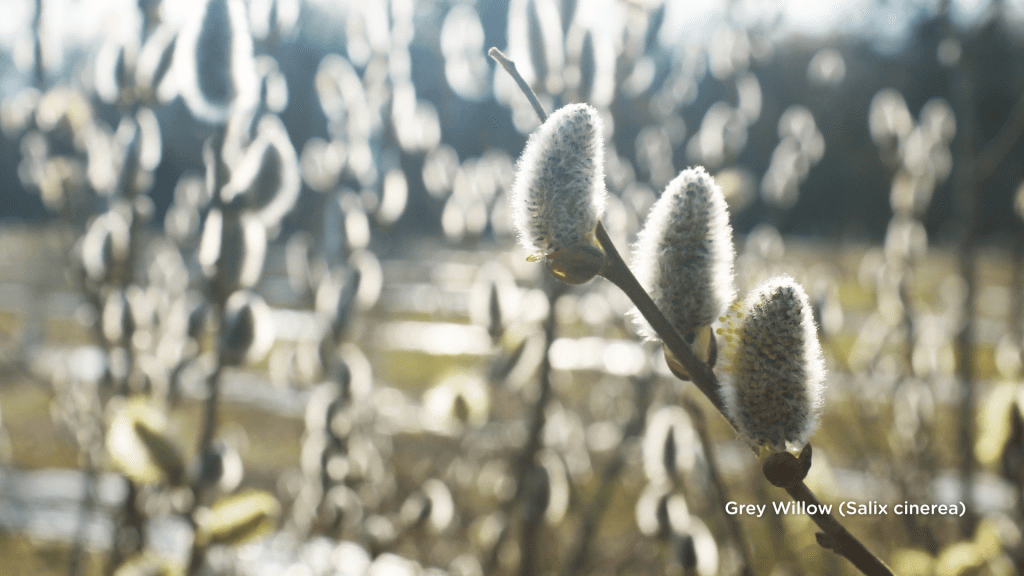
The North West is one of the last strongholds for willow tits, home to over 15% of the UK’s remaining population. Yet even here, their numbers are falling. The Wet Willow Wildlife project is working to reverse this trend by restoring and connecting wet woodland habitats across 32 sites in Trafford, Salford, Wigan, Bolton and the Mersey Gateway.
These efforts don’t just benefit willow tits. Wet willow woodlands support a wide range of wildlife, from the poplar hawk moth and small sallow mining bee to amphibians, bats, and rare plants and fungi.
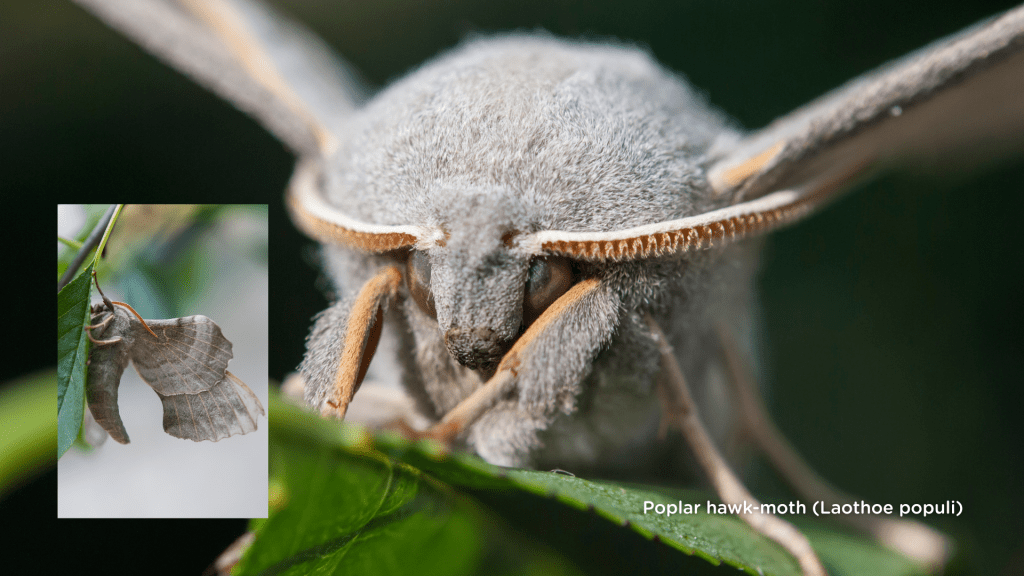
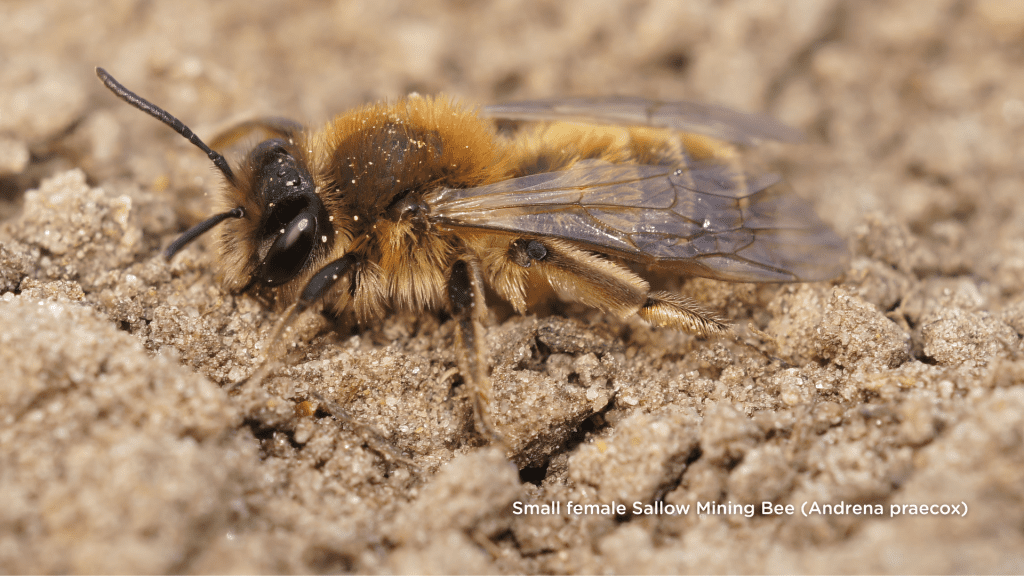
A Landscape-Scale Approach
The project takes a bold, landscape-scale approach to conservation. Contractors and volunteers and staff have worked side by side improving habitat quality and connectivity across a mosaic of sites, creating corridors that allow wildlife to move, feed and breed more freely. So far, habitat work has been completed on nearly half of all project sites.
This includes:
- Removing tree species like sycamore that dry out the woodland and outcompete native scrub.
- Laying willow trunks to encourage natural regrowth and maintain the damp, tangled structure willow tits prefer.
- Planting native shrubs such as grey willow, hazel and hawthorn to boost nesting opportunities and food sources.
This layered approach is designed to create the tangled, damp conditions willow tits need to thrive.
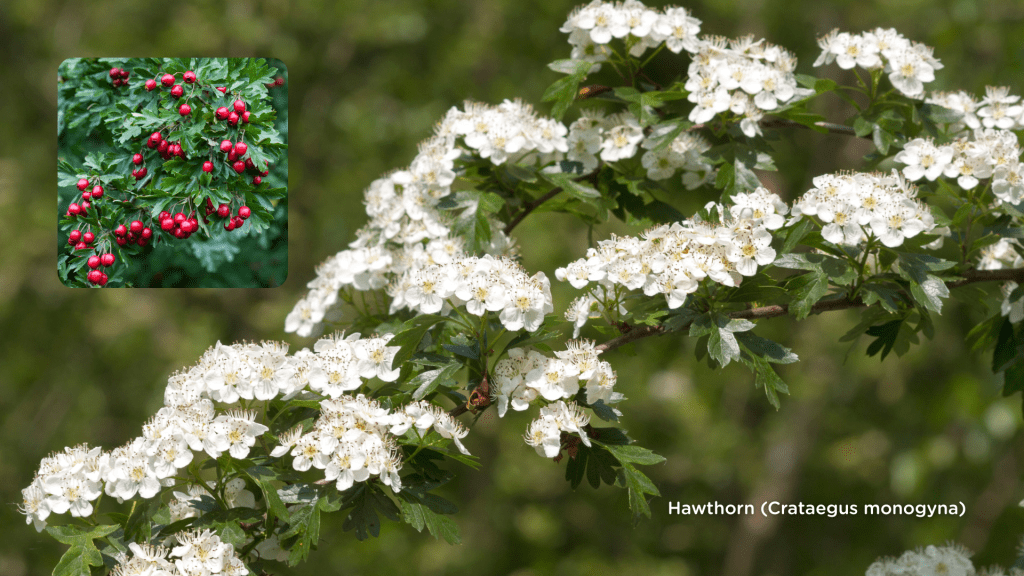
Ruth Crawford, Team Leader at TCV, explains:
TCV partnered with Lancashire Wildlife Trust on this project to restore and connect important wet willow habitat for threatened wildlife species. The project takes a landscape-scale approach to habitat connectivity and highlights the importance of scruffy and damp wet woodlands for species like willow tits. There are lots of opportunities for people to connect with nature, including citizen science volunteers who help us map species connectivity across the landscape.
Connecting People with Nature
Over 200 volunteers have contributed more than 1,900 hours to practical conservation tasks – from Himalayan balsam control to creating leaky dams and attaching deadwood to trees to support nesting. Local groups like the Darcy Lever Action Group have also joined forces with the project, helping to embed it in the heart of the community.
The project isn’t just about wildlife – it’s about people too. Volunteers are invited to take part in wildlife surveys, practical conservation work, and interactive events designed to foster a deeper connection with nature.
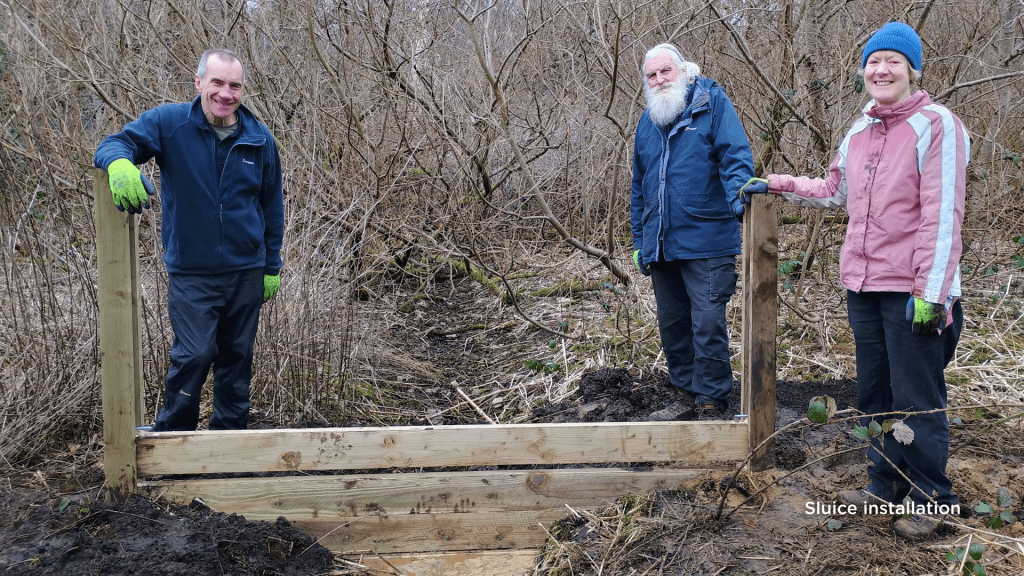
Inspiring a new generation of conservationists
The next generation also got involved. 672 children and young people took part in school visits and youth programmes, enjoying activities like bug hotel building, wildflower sowing, and nature games – all designed to spark curiosity and build a lifelong connection with the natural world.
The project is also empowering people to become wildlife recorders. 179 citizen scientists took part in training and surveys focused on willow tits, moths, and helleborines. Monthly moth surveys are underway at four key sites, and 15 willow tit training sessions were delivered across Bolton, Salford mosslands, Trafford and the Mersey Gateway.
Year 1 of the Project Highlights at a Glance:
- 49.6% of project sites received habitat work
- 206 habitat volunteers (171% of target)
- 179 citizen scientists (199% of target)
- 672 children and young people engaged (281% of target)
- 812 people reached through community events (254% of target)
Want to Get Involved?
Whether you’re a seasoned conservationist or simply curious about your local wildlife, there are plenty of ways to support the Wet Willow Wildlife project. From citizen science to hands-on habitat restoration, every action helps.
Email: manchester@tcv.org.uk
Learn more: TCV North West
This project is only possible thanks to the kind support of our funders and donations from the public. If you would like to get involved and ensure this project continues, please make a donation and help to protect Willow Tits.
The Wet Willow Wildlife project is part-funded by the Government’s Species Survival Fund. The fund was developed by Defra and its Arm’s-Length Bodies. It is being delivered by The National Lottery Heritage Fund in partnership with Natural England and the Environment Agency.
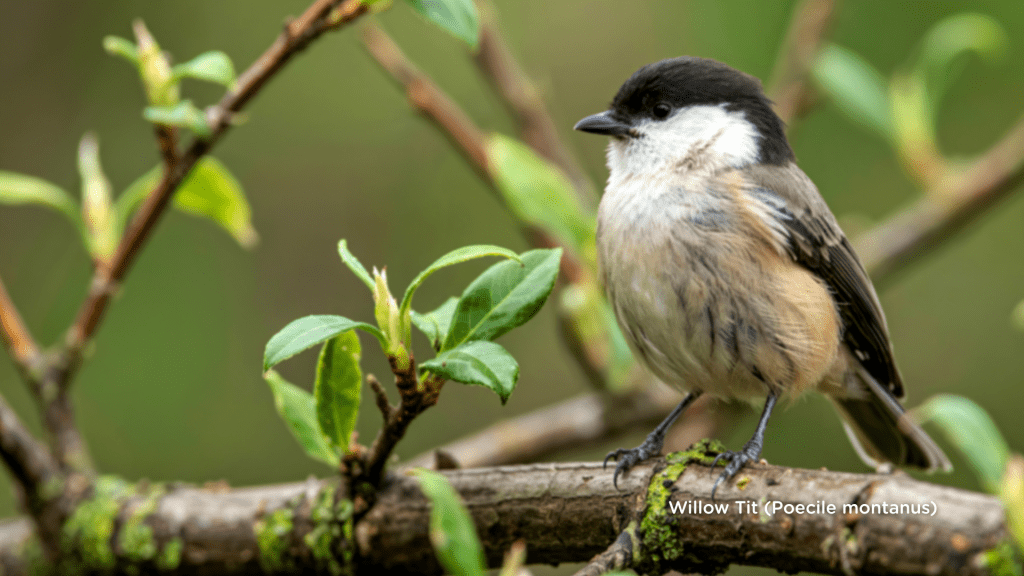
Keep up to date with the latest news and activities from The Conservation Volunteers by following us on Facebook, LinkedIn, Instagram, BlueSky and YouTube.
You can also sign up to receive TCV’s Greenzine e-newsletter for more ways to get involved. TCV is active across most of the UK: Click here to find your nearest office or activity


